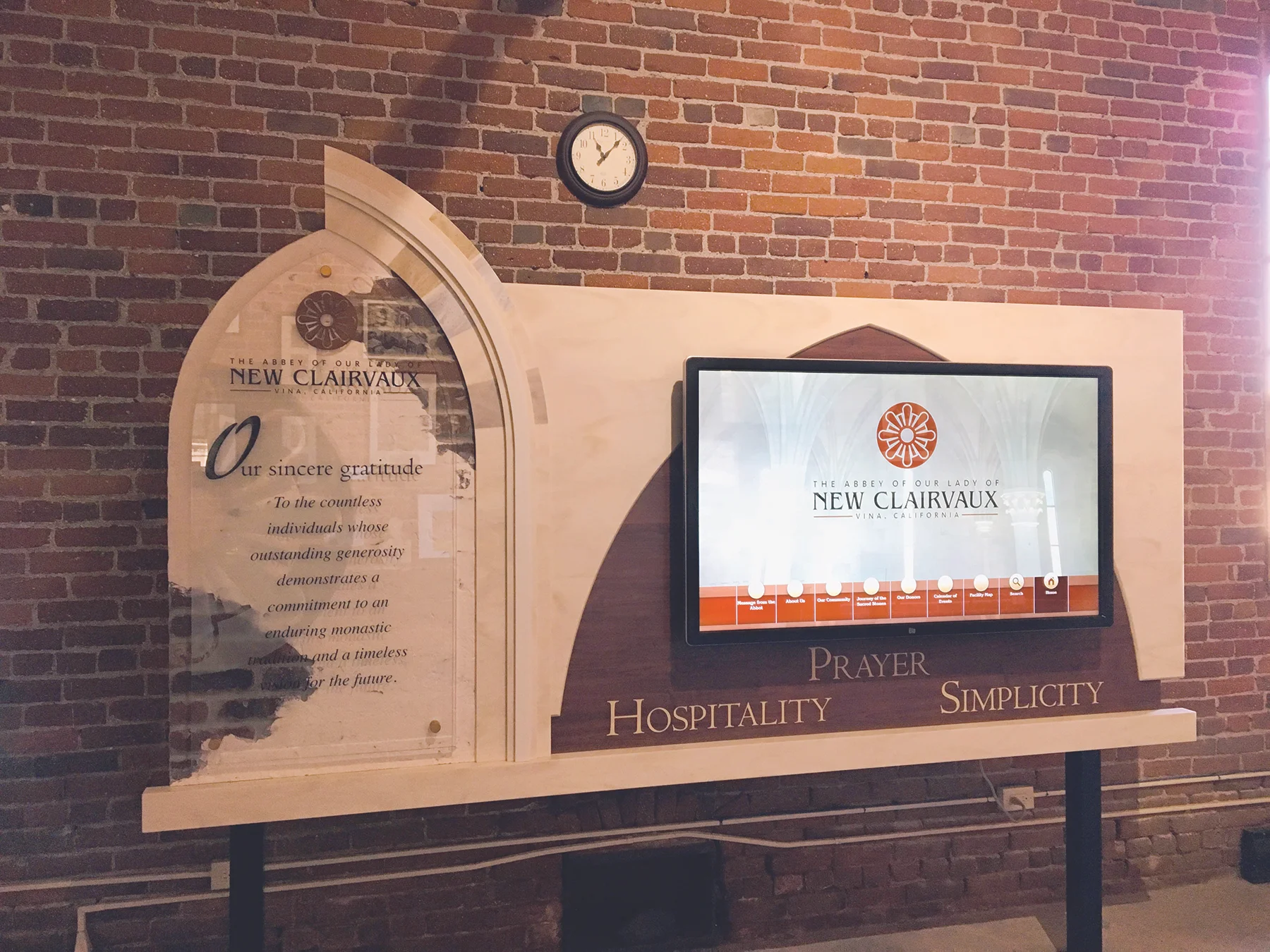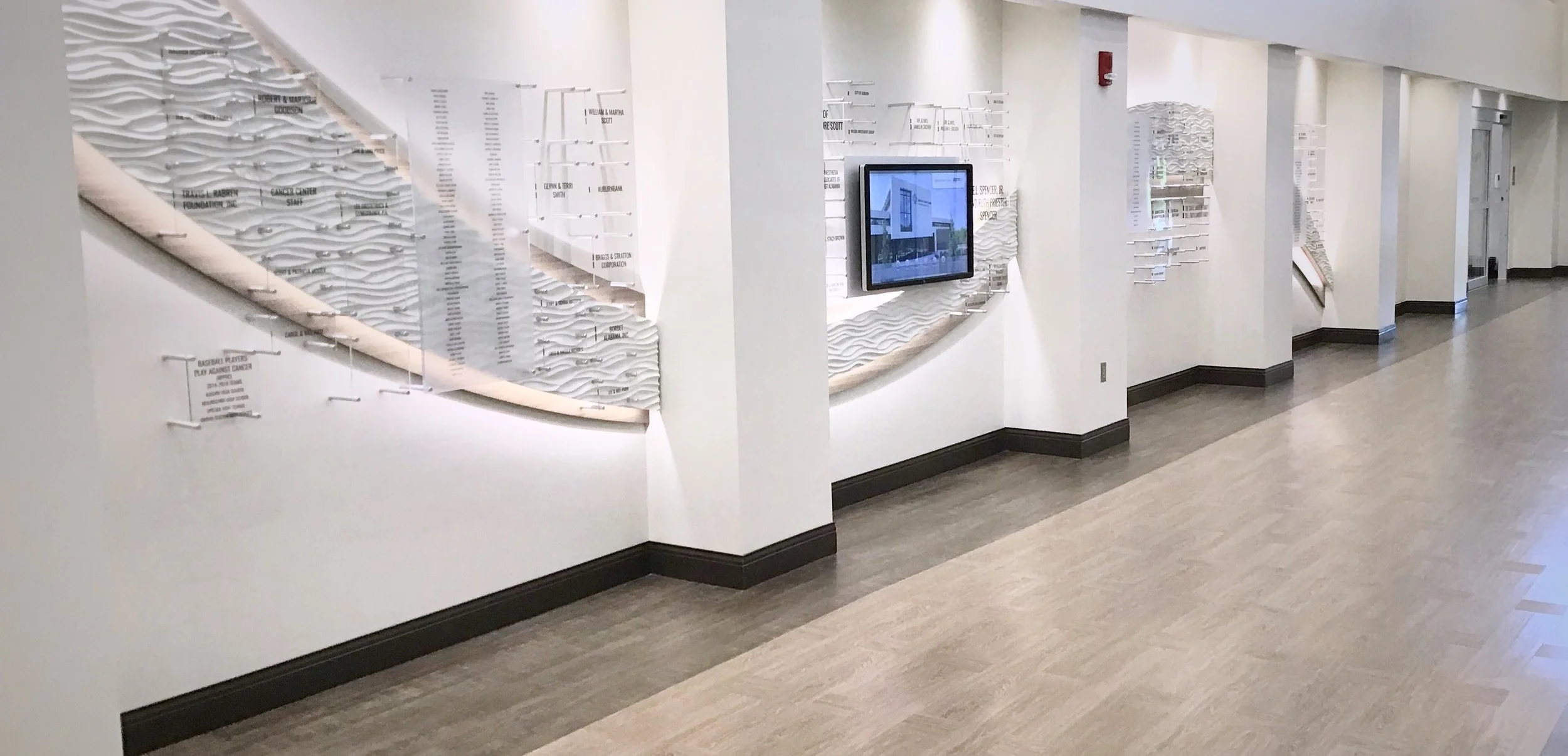Heading into 2023, nonprofits find themselves in a fundraising landscape that’s more diverse than ever before. The lessons and innovations of the pandemic have significantly expanded our toolkits. Donor preferences and nonprofit technology are constantly changing.
Although standing out from the crowd is a perennial challenge, it’s especially important in this era of nonprofit innovation. You’ll need to implement a robust fundraising strategy that incorporates virtual options, builds on pandemic lessons, responds to changing trends, and taps into the power of tech.
So what are the must-have strategies that nonprofits should double down on as we approach the new year? We have three key recommendations:
Social giving strategies
Varied event formats
Compelling story-rich media
Throughout this guide, we’ll reference findings from the 2022 OneCause Giving Experience Study, where we analyze donors' changing expectations, motivators, and giving habits over the past five years. Check out the complete study for a deeper dive into these trends and what they tell us about the future of fundraising.
Incorporate social giving into your campaigns and events.
Social giving is on the rise. This form of giving encompasses event attendance, peer-to-peer fundraising participation, giving days, runs, walks, and rides—any campaign or event that involves engaging with your nonprofit’s community of supporters and their networks.
We’ve seen all forms of social giving steadily grow in popularity. Twenty-nine percent, or 1 in 3 US adults, self-identified as social donors in 2022, up from 23% in 2018. Participation rates across different forms of social giving have remained steady, with runs, walks, and rides leading the pack at 39%, followed by occasion fundraising, giving days, and event attendance.
Social giving has also proven to be an effective way to re-engage lapsed donors, with 43% of social donors who gave in the 12 months before the 2022 OneCause Giving Experience Study survey saying it had been over a year since they last donated to that organization. Some donors gave again after five years or more!
The takeaway: If you’re not actively incorporating opportunities for social giving into your campaigns and events, you’re likely missing out on easy ways to boost donor engagement and donation revenue.
As you organize your 2023 campaign and event calendars, actively look for areas to infuse more giving and engagement opportunities that will make donors feel like they’re part of a thriving community rallying for your mission. For example, you can try:
Setting up DIY fundraising options. This is among the easiest ways to empower your social donors to fundraise on your behalf and expand your community. Occasion, memorial, and other casual DIY fundraisers can unlock a new stream of year-round revenue and drive increased engagement among your most ardent supporters.
Build peer-to-peer structures into your events. Why not gin up some extra excitement before your annual spring fling, cookout, fall festival, or gala? Recruit volunteers or ambassadors to launch their own giving pages, promote your events, and collect donations and registrations.
Tap into the power of giving days. You already rely on Giving Tuesday, but are there other affinity days or months relevant to your mission that your community would like to know about? You might even try creating your own unique annual day of giving, challenge week, or month of celebration—get creative and give your donors something to feel excited about!
Social giving in all its forms brings a few significant benefits, including increased revenue and engagement when promoted to the right audiences. Peer-to-peer and other social network-based campaigns also help you organically grow your network through the power of social proof. Tap into these benefits by planning ahead to include these types of campaigns and events in your 2023 plans, or look for ways to incorporate social giving options into existing plans.
2. Offer a wide variety of event formats.
While virtual-only events may no longer be a complete necessity for most nonprofits, they definitely shouldn’t become a thing of the past. If anything, we’ve seen that donor expectations are diversifying, with supporters expressing a range of preferences for how they like to engage with different types of campaigns and events. Consider these donor preference findings:
Fundraising Events
33% prefer only or mostly virtual options
38% prefer only or mostly in-person options
23% prefer a balance of both
Runs, Walks, and Rides
43% prefer only or mostly virtual options
21% prefer only or mostly in-person options
25% prefer a balance of both
Occasion Campaigns
50% prefer only or mostly virtual options
17% prefer only or mostly in-person options
25% prefer a balance of both
Offering a range of flexible participation options is clearly a smart strategy when donors express such varied preferences. In other words, a diversified calendar of in-person, hybrid, and virtual options ensures there’s something for everyone to enjoy.
Hybrid events have also become a particularly useful option to have in your arsenal. We’ve seen nonprofits raise more and expand access to their exclusive events by offering in-person, VIP experiences for invited guests while offering a virtual version of the event for distributed guests or supporters facing barriers to in-person attendance. This approach allows you to better tailor the experiences that each audience has with your nonprofit.
Technology has now removed many of the blockers nonprofits initially faced when planning virtual and hybrid events and pivoting their in-person plans. With a reliable virtual fundraising platform, it’s easy to spin up virtual events to add to your larger campaigns, for instance a virtual training session for occasion fundraising or an online rally for bikeathon registrants.
3. Support everything with compelling, story-rich media.
Why do supporters choose to give to an organization? When we asked donors about their motivators for giving, here are the top reasons we found:
I trust the organization to do the right things/use the money wisely.
I care about the person who asked me to donate.
It was easy to do.
I was able to make the donation immediately, in the moment.
I care about the mission of the organization
Ease, connection, mission, and impact have historically been understood as donors’ primary motivators for giving, but 2022 was the first time that trust took the top spot. Ease of donating can be covered by the technology and donation processes that your nonprofit uses. Social giving strategies make it easy to tap into donors’ connections to encourage gifts.
But what about communicating your mission, the impact donations will have, and your trustworthiness as a steward of your mission? How do you convey these qualities to donors?
Stories are ultimately what drive donor engagement, and we’re hardwired to respond to human stories of overcoming challenges. They’re the best way to communicate the impact of your work, the role of your donors, and the triumphs of your constituents. Make sure you’re always telling a story in your messages to donors, whether that’s by:
Highlighting a constituent’s story in a video interview (with their permission)
Sharing evocative images of your volunteer team at work
Laying out the statistics behind the issue you work to solve
Explaining to donors the on-the-ground impact their gifts will have
A successful nonprofit story chooses an emotionally compelling angle and then backs it up with details that appeal to our logical sides or provide more background. For instance, statistics about food insecurity in your community and a story about how your food bank helped a local single parent are great ways to show donors the importance of your work. Use them together in a cohesive story that provides impact details and a conflict-resolution arc, and you’ll paint a compelling picture of what you’re up against, who needs your support, and how you’ll succeed.
By anchoring your appeals, marketing materials, and other communications in some form of storytelling, you’ll be able to better tackle a number of the key motivators listed above. You’ll give donors a clearer sense of your identity as an organization and foster a stronger community of support that’s fully bought in on the need for your work.
In 2023 and beyond, investing in solid marketing and communication strategies will be especially important as we look at a continually crowded virtual fundraising space and a turbulent economy—the need to stand out has never been higher!
Virtual and hybrid fundraising campaigns and events are part of the new norm. Take some time to review these strategies and the state of your own virtual playbook. Where have your online campaigns and events succeeded in the past year? Where have they delivered below target?
Use these insights to prioritize your next steps, like planning a new social giving campaign or reimagining your outreach content to tell stronger stories. Donors are sure to respond when you show dynamism and follow the new virtual fundraising best practices.
About the Author:
Sarah Sebastian is the Director of Corporate Communications at OneCause. She’s a marketer and brand geek at heart with eight years of experience in the nonprofit tech space. Outside of work, Sarah can be found reading, hiking, kayaking, volunteering for Florida Access Network, or getting lost in the woods while photographing birds.






